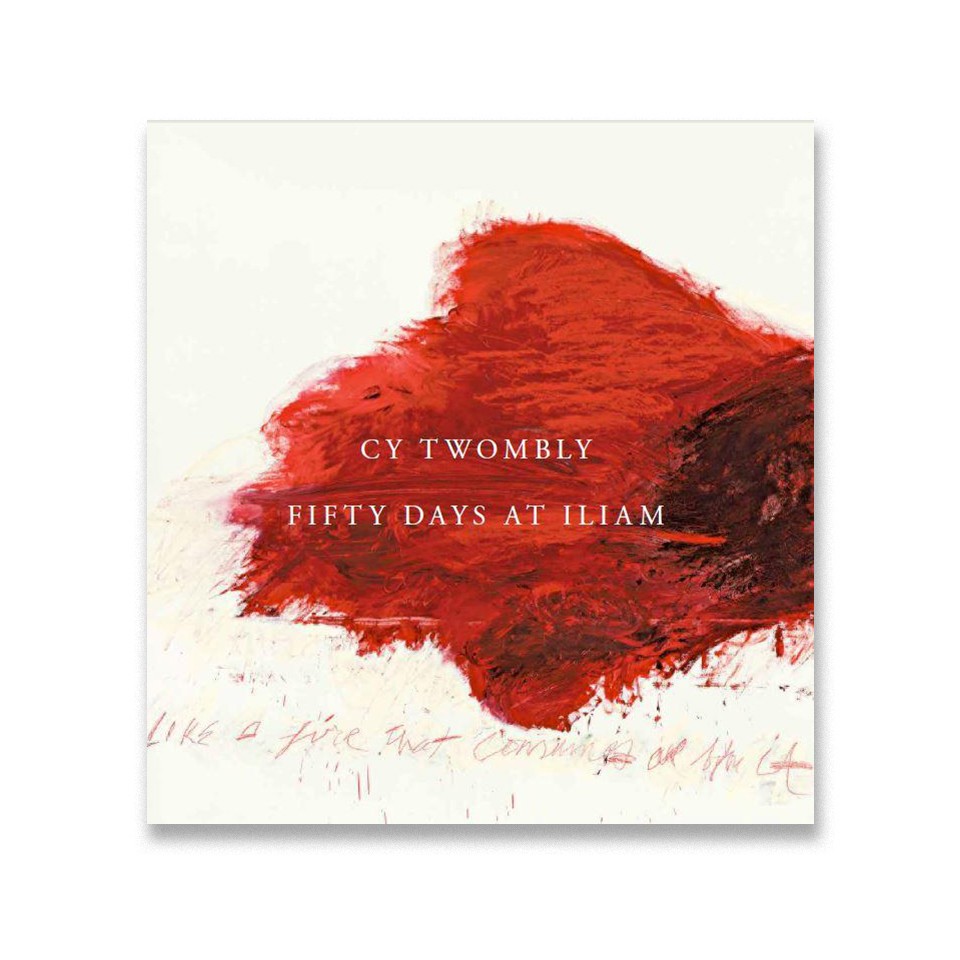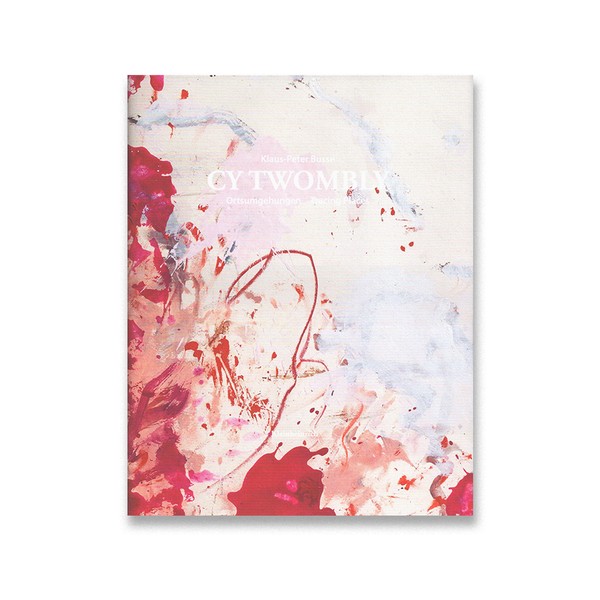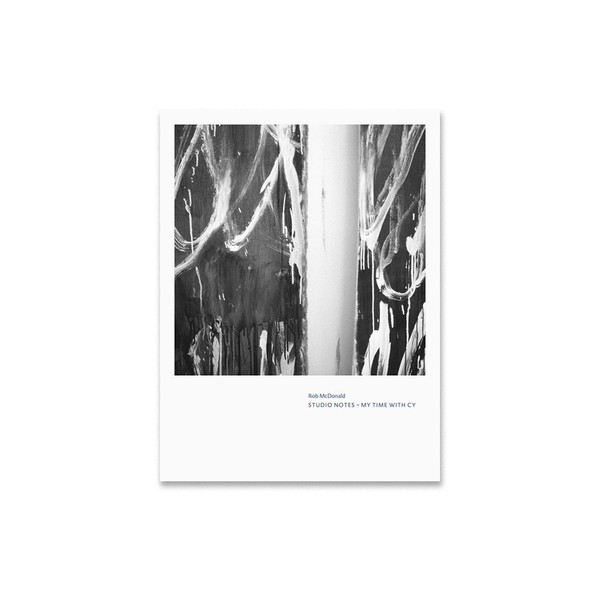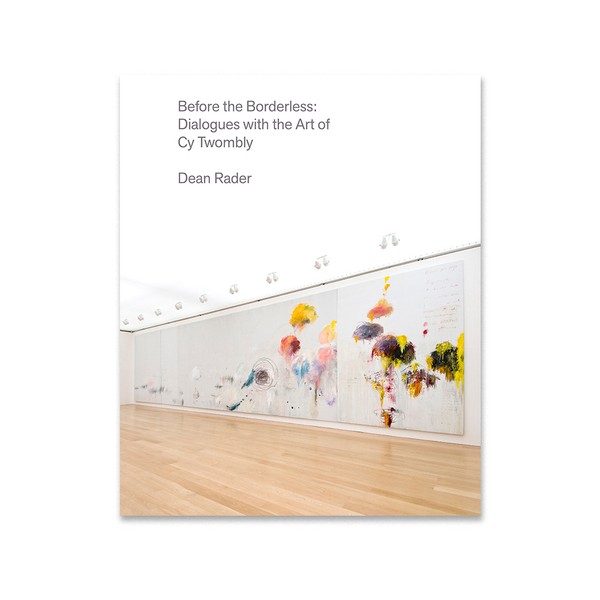Cy Twombly
Fifty Days at Iliam
Edited by Carlos Basualdo

A detailed exploration of the titular cycle of paintings, Cy Twombly: Fifty Days at Iliam includes essays from Carlos Basualdo, Richard Fletcher, Emily Greenwood, Olena Chernovik, and Nicola Del Roscio; it also includes a conversation between Annabelle d’Huart and Carlos Basualdo and documentation of the installation of both Shades of Night (1977) and Fifty Days at Iliam (1978) at the Philadelphia Museum of Art.
Basualdo describes the cycle’s installation and reception, as well as the artist’s home in Bassano in Teverina, where it was completed. He contextualizes the impetus for the production of Fifty Days at Iliam in noting that they were originally intended for a dedicated gallery in New York that was never realized. Offering extended formal analysis of the cycle, Basualdo also includes reproductions of letters sent by the artist to the museum with exacting specifications for how the cycle was to be installed. He closes with reflections on the installation in the context of the broader holdings of the Philadelphia Museum of Art.
Fletcher takes up Plato’s Academy (and Twombly’s engagement with the philosopher more generally) as his framework, considering not only Fifty Days at Iliam but also other works such as Academy (1955). He addresses Twombly’s abstract portraiture with Plato (1974), suggesting a further connection to Aristophanes’s Clouds, and within Fifty Days at Iliam. He then asserts that “authority and order are established only to be questioned and disrupted,” referring to this phenomenon as “canon fodder” (56). He concludes that “the artist encourages us to ground our engagement with antiquity in a catalytic freedom” (65).
Greenwood focuses on the significance of Twombly’s use of Alexander Pope’s translation of the Iliad, foregrounding three factors: first, “Pope’s insistence on Homer’s visual and spatial imagination,” second, “Pope’s interest in the narrative economy of the Iliad,” and third, “Pope’s image of fire as a metaphor for the quality and effect of Homer’s verse in the Iliad” (69). She also addresses Twombly’s substitution of “a” for “u” in “Iliam” and offers detailed textual analysis throughout.
Chernovik centers the significance of the Iliad as a specifically mythological tale and Twombly’s participation in the conventions of the Iliad, such as that of the Epic Cycle. She offers extended reflections on Vengeance of Achilles (1961) and discusses Männerbund as a framework for Twombly’s investment in the narrative of Achilles and Patroclus.
Del Roscio offers personal memories of the production of Fifty Days at Iliam, as he was present with the artist at the time. Del Roscio describes the significant toll the cycle took on Twombly, the artist’s use of Pinot Grigio and Persian music for inspiration, and his sense that Twombly himself engaged in battle daily in the studio.
Scholars may also wish to consult other major catalogues and monographs, such as: Richard Leeman’s Cy Twombly: A Monograph (2005); Mary Jacobus’s Reading Cy Twombly: Poetry in Paint (2016); Thierry Greub, Inscriptions (2022); Cy Twombly: A Retrospective, ed. Kirk Varnedoe (1994); Cy Twombly: Œuvres sur papier 1973–1977, Musée de Grenoble (2023); Twombly and Poussin: Arcadian Painters, ed. Nicholas Cullinan (2011); and Cy Twombly: Making Past Present, eds. Christine Kondoleon and Kate Nesin (2020).
(Publication description by Jamie Danis)
Cy Twombly: Fifty Days at Iliam. Edited by Carlos Basualdo. Essays by Carlos Basualdo, Richard Fletcher, Emily Greenwood, Olena Chervonik, and Nicola Del Roscio. Annabelle D’Huart in conversation with Carlos Basualdo. Published by The Philadelphia Museum of Art in association with Yale University Press, 2018. 168 pages, illustrated. English edition.



